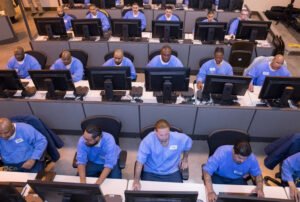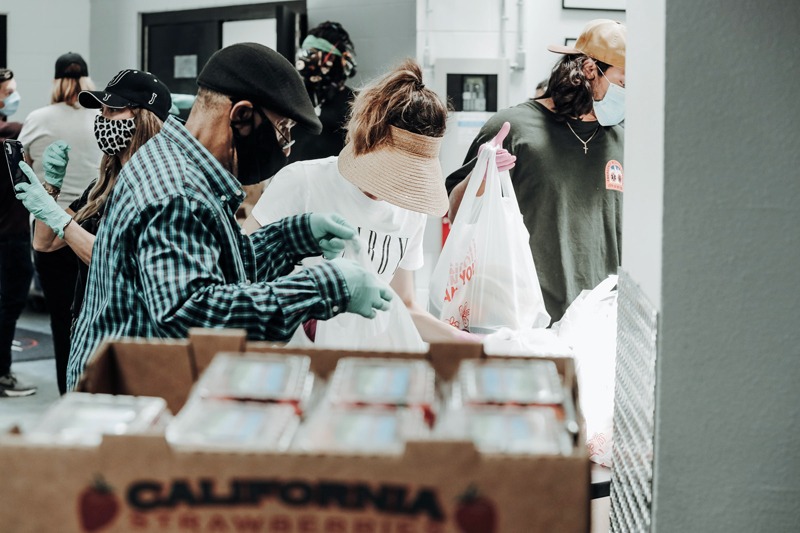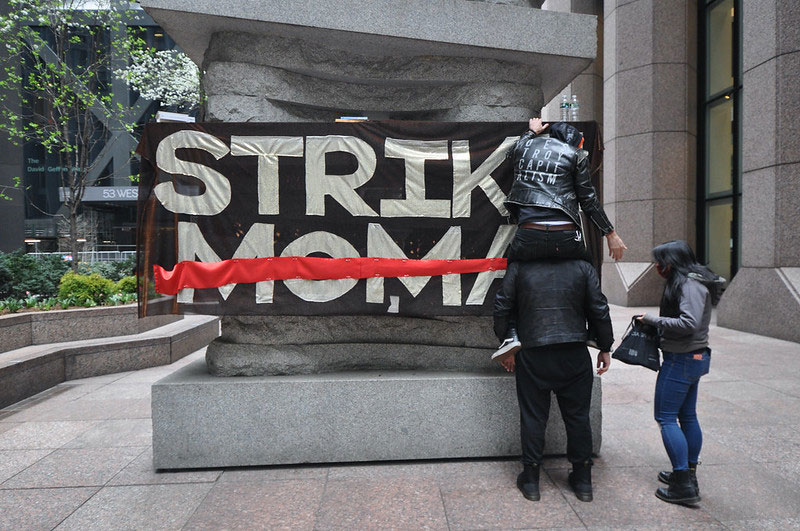November 15, 2010; Source: Connecticut Mirror | Sometimes the state budget crises are so huge and unfathomable that it is hard to single out the specific nonprofit impacts. In Connecticut, one poorly timed deficit is emerging, with dire consequences for the families that merit services and the nonprofits that administer the funds to them.
Last winter, the state’s LIHEAP program helped 82,956 households pay their heating and energy bills. According to state officials, the program is just about broke, predicted to run out of money next month or perhaps earlier. This is despite the fact that (a) winter hasn’t actually started yet and (b) even now, when LIHEAP demand usually runs the state $2 million or $3 million a week, the state has already hit weeks where it had to commit $3.6 million and $4.4 million due to increasing numbers of households submitting applications since the middle of October.
Sign up for our free newsletters
Subscribe to NPQ's newsletters to have our top stories delivered directly to your inbox.
By signing up, you agree to our privacy policy and terms of use, and to receive messages from NPQ and our partners.
Two months ago, the state’s prediction was that it would run out of money in January, now the estimate is December, maybe if they ask tomorrow, it might be November. Need is increasing, but resources are dissipating rapidly. LIHEAP funds go to and through the state, but the state typically uses nonprofit community action agencies to reach out to households in need. We counted 13 community action agencies that Connecticut uses to administer LIHEAP funds. When the LIHEAP moneys run out, the families will turn to those agencies as the entities they know as responsible for LIHEAP funds and ask for help and answers.
Only some will turn to the legislature, to Governor Rell’s office, to the federal government to ask who is going to step to the plate to make sure low-income families in Connecticut don’t freeze. Due to the state government’s inability to accurately predict the flow of program resources and the state and federal governments’ inability to put additional funds into LIHEAP, nonprofit agencies will be in the unenviable position to have to explain to their constituents a funding situation that is not of their making and not within their powers to solve.—Rick Cohen













